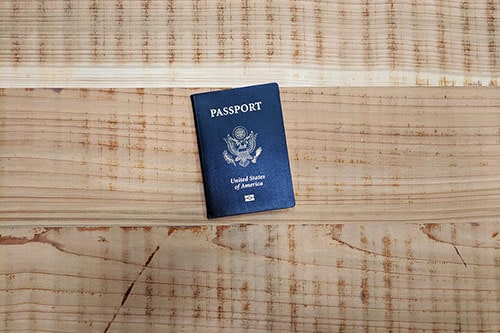Getting My UK Drivers License
1. Patience is a Virtue: From the time I sent away for my Provisional License, essentially the UK version of a learners permit, to receiving my official, full license in the mail, six months passed. Not exactly fast service. But after living in the UK for over a year now, I have come to grips with slow moving bureaucracy. After receiving my Provisional License, I applied for the Theory Test, the written part driving test. Next available date is in seven weeks? Ok. Great, passed that. Onto the Practical, the official driving test. Next available date on a weekend to avoid missing work? No openings for as far in advance as I could see. Next available date at my nearest driving center? Seven weeks. Great, passed that. Hand me my license, people! Oh wait, it takes them three weeks to mail you the license back? Sweet Jesus.
2. Do Not Leave the Country: This was the hardest part of the whole ordeal. Due to the fact that I was not born in the UK, I had to send my passport along with my application for the Provisional License. And not a photocopy, or a scanned copy, but my real, actual passport. This seemed strange to me, so I called to confirm. And yes, I found out, they need my passport and oh, it takes up to five weeks for them to return your passport with the paperwork. What!? That meant I had to find a month-long window where I would not need my passport. Given our not insubstantial travel schedule, it took a while to find a full month were no international travel was already planned. Thankfully, when I finally sent away my most valuable document in the mail, things worked out and I received my passport back about three weeks later. I hope my sticky note I attached to the application pleading for an expedited return of my passport made an impact.
3. Relearn Everything: That might be a drastic statement, but I had to go back to the feeling of being sixteen again and learning to drive, minus the teenage awkwardness and overall angst. I purchased the Theory Test study guide, which clocked in at a whooping three hundred pages. The test itself is fifty multiple choice questions including a video section where you watch a film of a car driving and you had to touch the screen when you identify a potential hazard. If I had taken the test without studying, I would have failed miserably, even though I have been driving for over fifteen years. My “test” in Maine when I was sixteen came from a small, floppy pamphlet and included ten questions that our instructor happened to tell us to might be on the test during our preparation.
4. Make a Mistake, you Fail: The Practical, or driving aspect of the test, was again the polar opposite of my experience when I got my US license. In Maine, my driving test involved driving around a traffic-less residential block and ended after ten minutes, all while my instructor talked to me about music and occasionally looking up to observe my driving. Here, I spent a full forty five minutes driving with a relatively silent instructor who had access to two additional mirrors attached to the windshield angled towards me so she could watch me checking my mirrors without having to actually look at me. In the UK, you are allowed thirteen minor faults, before failing. One single major fault results in an automatic fail. Did you not check your blind spot correctly when pulling out of a parking space? Major fault – instant fail. Car rolls back too far on a hill? Instant fail. Use the right hand lane for traveling and not only for passing? Instant fail. Thankfully, since I am awesome, I only received one minor fault. Nailed it.
5. It’s All about the Money: The whole licensing system in the UK is actually privately run, which means it is a money machine. You have to buy the test guides, take lessons (at £30/hour), pay a fee for the privilege of taking the exams, which cost about £100 combined. You cannot even use a normal car for the driving test. Instead, you need to pay to use an official instructors’ car with the multiple mirrors and extra set of brake pedals on the passenger side. Fail the test, pay the fees again. The first time passing rate hovers around 55%. That means there are an awful lot of people out there who are paying the fees multiple times, thus ensuring the financial stability of the system and job security for all of the instructors and test overseers.













